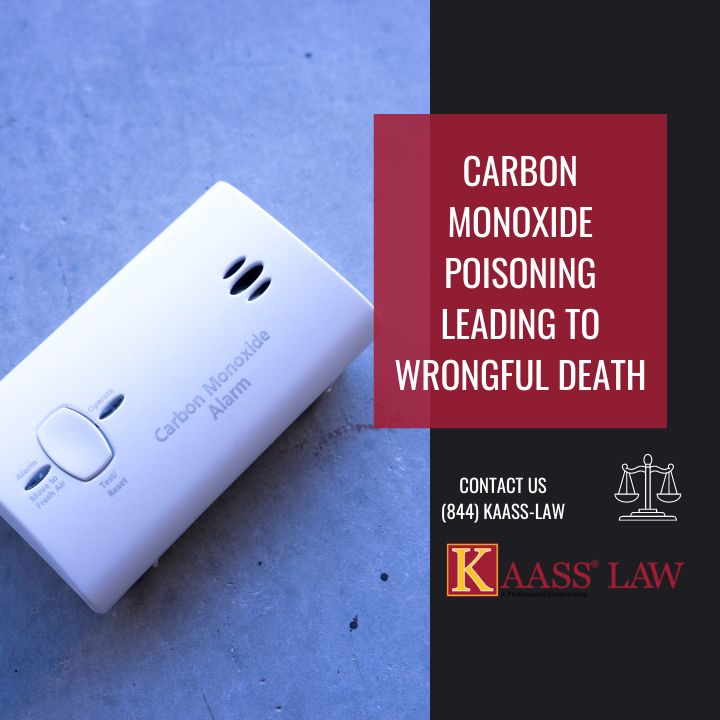Carbon monoxide poisoning is dangerous. It is a gas that may cause a death to you or your loved ones. With carbon monoxide, it is difficult to catch at an early stage as it is spreading, however, they are ways that one may prevent it from the spread in the first place. Thus, take a look into this article to understand what factors to consider.
Carbon Monoxide Poisoning: What are the Symptoms?
Carbon monoxide poisoning initially begin with slight symptoms of a headache. Other potential circumstances may be through the feeling of sickness or being lightheaded. It is highly dangerous to those who are exposed to high levels of carbon monoxide gas. Since the gas has no smell, people could mistake it for the flu. Especially if their symptoms worsen and include chest pain, vomiting, and fatigue.
What Leads to Leaks in Carbon Monoxide Gas?
Fuels that burn incompletely or inefficiently emit carbon monoxide. A buildup of carbon monoxide gas can be brought on by coal fires, burning wood, burning oil, burning car engines, using gas generators, or burning wood in poorly ventilated areas.
Possible sources causing carbon monoxide poisoning include:
- Generators. The great majority of fatalities involved generators and happened during blackouts or power interruptions brought on by weather-related events.
- Confined areas. Numerous fatalities happened in residences with living spaces that were fewer than 1,500 square feet in size and that contained a carbon monoxide-producing apparatus.
- Overnight leakages. Undiscovered leaks have a higher chance of being fatal if they happen at night, when a victim would normally be sleeping, or if the sufferer is asleep.
- Temporary buildings. In temporary shelters like cabins, campers, RVs, and livestock trailers where victims were trying to supply power to a non-powered structure or vehicle, poisoning was widespread.
- Proximity to the exhaust. There was no apparent attempt to properly ventilate the generator exhaust in over 60% of recorded fatalities. When the generator was outdoors, it was frequently positioned too near windows, air conditioners, or vents, which allowed the gas to enter a room.
Who Is Responsible for a Carbon Monoxide Poisoning-Related Wrongful Death?
You must demonstrate that someone’s activity or omission was the cause of the fatal damage. This will help to obtain financial compensation through a wrongful death claim. If you want to prove that you had a duty of care and if one could prevent the carbon monoxide exposure, you might require our assistance. For example, the cause of your loved one’s passing might have been:
Tenant carelessness. If the relative’s landlord neglected to check that the heating, cooking, and ventilation systems were in excellent working order before renting out the property, you might have a premises liability case. If the building’s bad design made injury more likely, landlords, property management firms, and the developer might be accountable.
Household flaws. Homeowners may file claims against the architect of the residence, the remodeling firm, the business that installed the furnace, etc.
Defective appliances. It is the responsibility of the maker of consumer devices that produce carbon monoxide to make sure the appliance does not have a faulty design. In order to prevent injuries, they must also provide clear instructions on how to utilize the device.
CO alarms that aren’t working properly. Although carbon monoxide detectors are more prevalent in average homes, they are useless if they malfunction.
Autos with problems. If an exhaust pipe leak or obstruction resulted in the poisoning, automakers and mechanics may all be liable.
Contact Glendale Attorney Today
Although money cannot replace a lost loved one, KAASS LAW legal team will use all of its resources to hold those responsible accountable and obtain a settlement that enables you to go on. To learn more about your next steps and to receive a free explanation, get in touch with us right now by calling (310) 943-1171. In addition, visit the website for our other practices.

